Many visitors to the British Museum want to take home a souvenir. But how can they be persuaded to buy more than just a pencil or tea towel? John Ryan reports on a makeover of the museum’s shops.
Even in these days when the unit of currency is, effectively, a fiver rather than a pound, a million pounds is still a lot of money. And when it comes to spending on store design and fit-out, the expectation remains that a sum of this magnitude will buy you something good looking, depending on the size of the space involved.
The British Museum is coming towards the end of a rethink and consequent refit of the four stores housed within the institution and the cost has been, well, yes, £1m – which for the area shared by the four retail spaces sounds like a lot.
The main retail store in the British Museum is the Great Court Shop. Few prizes for guessing, perhaps, that is it in the covered area known as the Great Court – with the jaw-dropping ceiling that was delivered by Sir Norman Foster at the start of the decade. The Great Court is where the museum’s blockbuster exhibitions are held and, with
6 million visitors a year, almost all of whom pass through the area, it has high footfall almost every day.
Talking shop
As such, it should be a honeypot for any retail set-up – with the tills rarely anything other than busy. For director of buying and retail Roderick Buchanan, this was probably his aim when he retained design consultancy Small Back Room to work on updating the museum’s retail offer. Buchanan has not been at the museum for long. He arrived, fresh from Tesco last year and set about revising the retail proposition.
There has been a tendency for museums, particularly at the mass market end, to work along the lines of offering pencils with, perhaps, the name of the current temporary exhibition written on them, alongside much more expensive items such as prints, ties and limited edition works of art.
No problem with this, of course, except that as Buchanan points out, very often the same level of service is afforded to someone paying £1 as to the individual prepared to spend north
of £200.
For this reason, when he sat down with the wholly British Museum-owned Museum Company, which oversees much of the commercial activities, proposals to remedy this were on the table. Not so straightforward as it sounds. “You don’t have a meeting with the museum, you have a debate,” Buchanan observes. Nevertheless the debate was had and work began.
The 3,200 sq ft Great Court Shop is one part of the retail quartet that includes The Grenville Room, for museum artefact high rollers; a bookshop; and the 1,100 sq ft Collections shop, opening at the start of the next month. But it is the Great Court Shop that is the largest of the four. “This is the high street. This is the family shop,” says Buchanan, adding that about a third of its customers are children, usually on school trips, and two-thirds are families. It is also a significant money-spinner. In January, it was taking about £120,000 a week, rising to £190,000 a week at peak, according to Buchanan.
And if the makeover that has just been completed is successful, it should take more. The brief given by Buchanan to Small Back Room creative director Callum Lumsden was straightforward: “Provide the best design to fit the museum.” Buchanan continues: “The whole purpose of the store refit was to improve the visitor experience. The shops hadn’t been touched since 2000.”
Talking to Lumsden and Buchanan, it quickly becomes apparent that one of the primary objectives in the redesign of The Great Court Shop was to bring more light into the space. Metal halide lights have been inserted, giving better colour rendition and saving the museum £6,500 a year in energy bills. Previously, it took 380 watts to light an area now covered by 35 watts, says Buchanan.
However, it is the shop equipment in this store that impresses more than the light. The latter will be pretty much taken for granted by shoppers, while the displays are what will draw them to the merchandise. The store’s geography is such that it is long and relatively deep, wrapped around the cylinder that used to be the Reading Room at the museum, prior to the Foster roof being put on.
The outcome is that there is a lot of room for mid-floor fixturing. Lumsden explains that, owing to a tight budget, the aim was to create a modular solution that could be used across all of the museum’s shops. “We also wanted to design merchandise systems that would make the stock sing,” he says.
However, the different ways in which the merchandise system can be deployed is illustrated by the Great Court Shop itself. The shop is divided by a movable partition into two parts: one for adults and a smaller area for kids. If the merchandise were removed, you would still be able to feel the change of mood as you pass from one area to the other, owing to the change of colour and the level of brightness – the kids’ area is brighter.
The other matter also considered was that of getting people into the shop. Although the store has a long, curved glass frontage, much of it was just that: a long glass frontage with limited ingress. Buchanan says this was one of the major frustrations from the moment he took the job. A major task facing the design team, therefore, was to put in another door – to encourage people to come in and browse, instead of presenting them with an attractive glass wall through which they could see things, but which was still a wall.
And when they do come in, they can find their way around thanks to a signage system that has taken the spider’s web of glass and steel over the Great Court as its point of reference – an
elegant and practical design solution.
An easy and open space, therefore, in which to pick up a souvenir of your visit to the museum and with four till points instead of two, even when it’s busy, it is unlikely that a long wait to pay will form part of the experience.
But will it all have been worth it? There are, after all, certain objects that seem to sell themselves. Buchanan is particularly proud of the Shah Abbas mousemat, a keepsake based on rugs displayed in the Shah Abbas: The Remaking of Iran exhibition. The shop took £65,000 from this one item, merchandised on a small unit, between February and June, when the show came to an end – a sales density most high street retailers can only long for.
The whole process of getting from previous incarnation to present form has taken about six months, and a fair amount remains to be done before The Grenville Room and The Collections are anything like complete.
However, the listed Grenville Room does serve to show how things have improved in what has been done so far. Much of the mid-shop equipment in this shop came from Heathrow Terminal 4 about five years ago, when the museum closed its shop there. As such, it is very much a stopgap solution and feels like it, in spite of the expensive merchandise on display.
Head for the Book Shop, along a narrow corridor, not far from the museum’s entrance, and while it is clear that much of the modular equipment has also been used in this room, the feeling is entirely different. As this is a bookshop, the ceiling is covered in quotes with perhaps the best being: “If people don’t like Marxism, they should blame the British Museum.” (Karl was a regular in the Reading Room.) There are also comfortable corner seats that have been integrated into the shop’s perimeter, in order to allow reading time.
By the end of this year, the museum will have four remodelled and redesigned stores and, all things being equal, should see revenues on the up. Gift shops and, to an extent, department store retailers, could do worse than taking time out to visit the museum to see what has been done. There is quite a lot that could be learned.
The British Museum, London
The stores
The Great Court Shop – “the family shop”
The Collections (due to open at the end of this month)
The Book Shop
The Grenville Room – more expensive and limited edition items
The cost Refit total will be around £1m
The design Callum Lumsden at Small Back Room
The museum’s retail chief Roderick Buchanan





















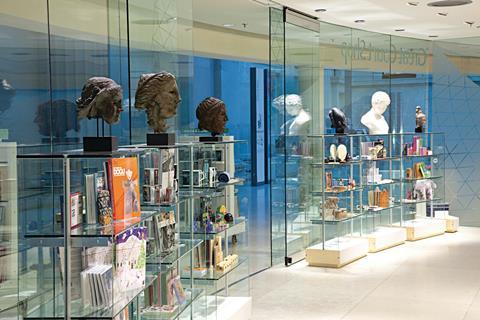
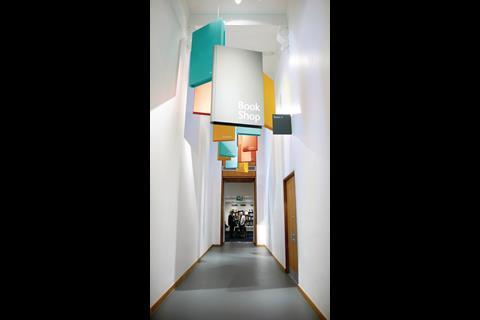
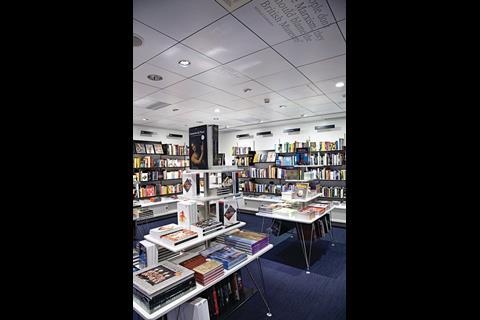
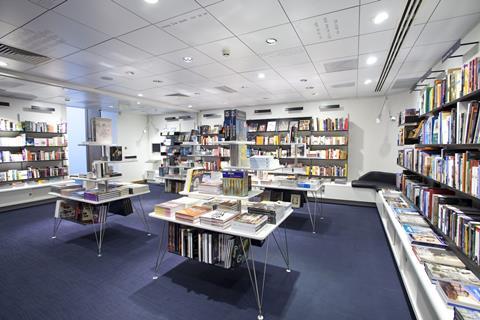


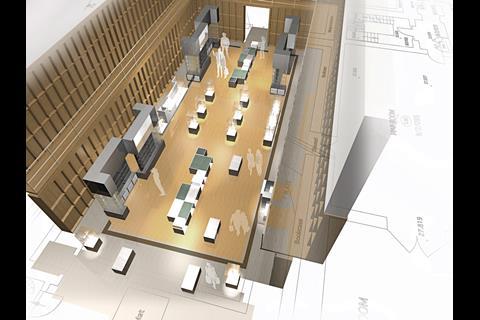


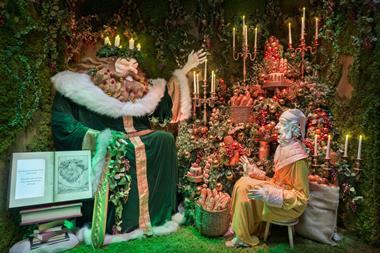



No comments yet